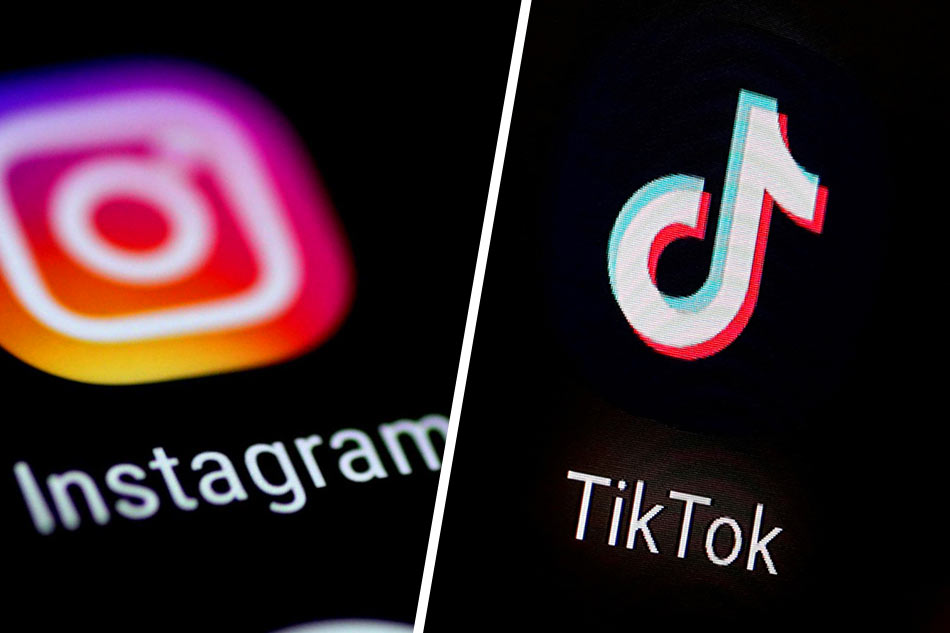Mass media has always shaped mass culture by creating shared experiences globally, whether through events like the moon landing broadcast or the latest TikTok trend. While mass media reaches large audiences, The Two-Step Flow Theory suggests influence isn’t direct. Instead, opinion leaders such as influencers on TikTok first interpret and engage with media messages and then share them with their followers. The second step helps spread the message and contributes to shaping mass culture. Leaders play a crucial role in turning media content into cultural practices shared by millions.

Media and Culture
Adorno, Th. & Horkheimer, M. (2006) argues that media shapes our perceptions of the world, emphasising that our engagement with media is not passive but active. This highlights how media forms influence public perception and cultural norms. Scannell, P. (2007) discusses the significance of understanding media as an artistic practice in their work; they emphasise the importance of engagement within media, suggesting that the culture industry, by Theodor Adorno and Max Horkheimer, monetises cultural experience. Traditional mass media like TV and newspapers offer a centralised flow of information, creating a unified culture where millions share the same experiences. However, media theory also questions whether this limits diverse voices or fosters a sense of global connection. By these theories, we can better understand the complex dynamics between media and mass culture.
The Shift from Mass Media to Digital Media
Mass culture has shifted from a few central sources to fragmented and personalised experiences in the digital age. Traditional mass media, such as television and radio, has given ways to platforms like TikTok, YouTube, and Instagram to allow anyone to create their own content, leading to the rise of niche communities and subcultures. While fragmentation exists, viral trends like TikTok dances still create shared cultural moments, uniting users across diverse backgrounds.


Digital media has converted mass culture into something more dynamic. Unlike passive usage in traditional media, social media encourages active involvement, allowing users to remix content. The interaction blurs the line between producer and consumer, fostering a rapidly evolving inclusive culture. Ultimately, the digital age has reshaped mass culture, making it more diverse and inclusive of everyday individuals.
Mass Media Creating Mass Culture
In today’s landscape, trends like the recent TikTok dance “Embrace It” show how mass media can still bring millions together, demonstrating the power of social media to create shared experiences. Trends highlight that whether through traditional or digital platforms, mass media shapes cultural identity and societal norms. While TikTok trends may seem spontaneous, they reflect a deeper form of creativity where users remix the same audio to fit a popular trend. This creates a connection among creators who bond over the humour and relatability of the sound. According to the Two-Step Flow Theory, opinion leaders often mediate media influence. TikTok influencers fill this role. When an influencer participates in a viral trend like the ‘Embrace It’ dance, their interpretation of the trend is adopted by their followers, who then pass it on, creating a chain of influence.


References
Adorno, Th. & Horkheimer, M. (2006). ‘The Culture Industry: Enlightenment as Mass Deception’. iIn:
Durham, M.G. & D. Kellner (2006), Media and Cultural Studies:Key Work, Malden, MA: Blackwell,
[pp.41-72]
Scannell, P. (2007). Media and Communication. London: Sage. ‘Chapter 1: Mass communication:
Lazarsfeld, Adorno, Merton, USA, 1930s and 1940s’ (pp. 9-30)

This passage delves into the impact of mass media on global culture and raises many thought-provoking questions. The two-level communication theory explains the role of opinion leaders on platforms such as TikTok, but is their influence always positive? The fragmentation of digital media allows for the coexistence of personalization and shared cultural experiences, but does it also bring about an “information cocoon” that weakens cross-cultural understanding? The article also mentioned that media commercialization may limit cultural diversity, and whether the culture of the digital age becomes more consistent as a result? In addition, although users actively participate in digital media and the boundaries between production and consumption are blurred, does this really give users a voice or is it guided by commercial interests?